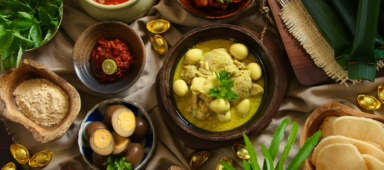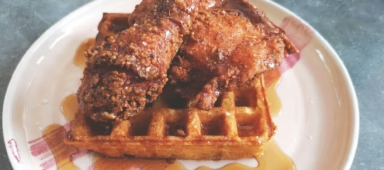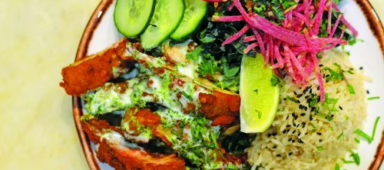Like its people, Malaysian kuih come in all colours, shapes and sizes
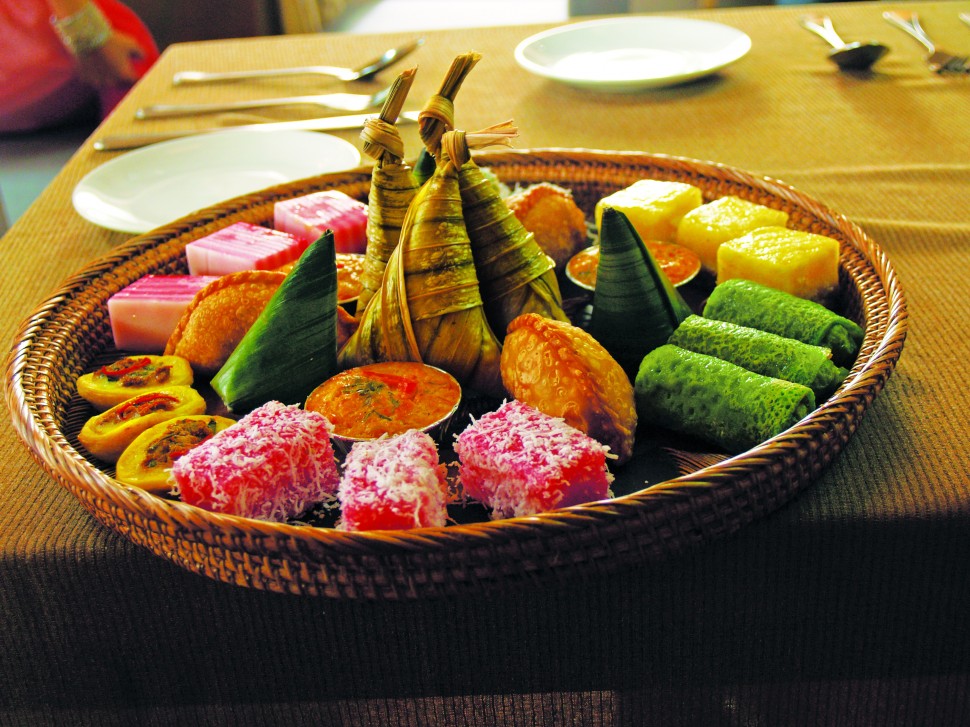
Kuih, or bite-sized Malaysian desserts and snacks are often sold at roadside stalls, coffee shops or local restaurants. A common sight at teatime or breakfast, there is no single definition to kuih: they can be cookies, dumplings, pastries, puddings or even cakes.
Here is part 1 of our list of Malaysian kuih that every food lover must try!
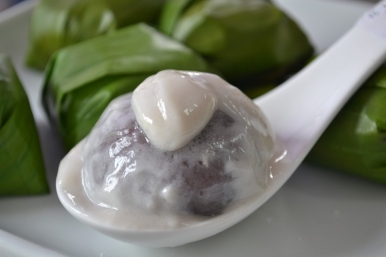
Kuih Koci
Usually wrapped in banana leaves for extra fragrance, the pyramid-shaped kuih koci is a steamed glutinous rice dumpling filled with shaved coconut that has been sweetened with gula melaka (palm sugar). Its origins is unknown but the Peranakan (Straits Chinese) has laid claim to this chewy snack. Kuih koci is sometimes used as offerings in rituals and festivals, such as Ching Ming or the Chinese All Soul’s Day.
Onde-Onde
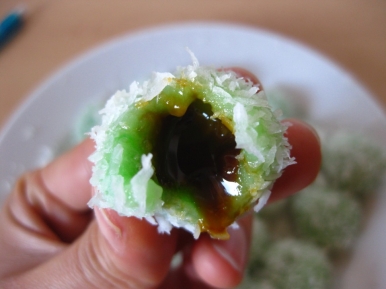
Filled with a sweet centre and garnished with desiccated coconut, these boiled glutinous rice balls are predominantly green in colour, the result of the dough mixing with a paste made from pandan (screw pine) leaf. Plump and juicy, the ball shape makes for easy eating and each bite floods the mouth with thick, syrupy goodness from the melted palm sugar. Another Peranakan favourite, it is a specialty in Melaka, where it is also called buah Melaka due to its resemblance to the Melaka tree’s fruit.
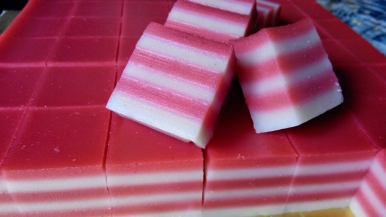
Kuih Lapis
Part pudding, part cake, the kuih lapis has a colourful and pleasing appearance, owing to the alternating layers that make up the dessert. These usually come in shades of pink and white, sometimes orange and green. The making of the kuih lapis is extremely tedious as each layer has to be steamed individually before a new one can be poured on, to avoid the different colours mixing. It is often prepared in blocks and then cut into square or diamond shapes. The perfect kuih lapis would have nine layers.
Kuih Talam
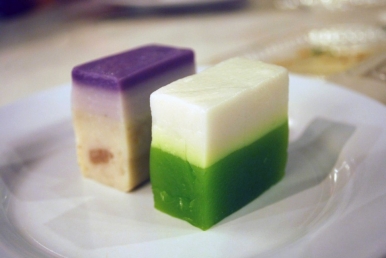
Ask any Malaysian to name the varieties of kuih off the top of their head, and chances are the kuih talam will get a mention. This traditional Malay dessert has remained popular over the years and is a ubiquitous find at roadside stalls. The beauty of the kuih is in its simplicity: two layers, accentuated by contrasting colours. The top, made from coconut milk and rice flour, is white, while the bottom is dark green from mungbean flour flavoured with pandan.
Pulut Tai-Tai
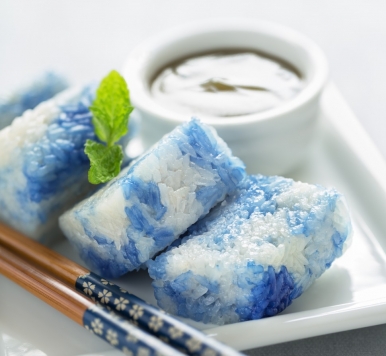
With a name like pulut tai tai (tai tai is a Chinese colloquial term referring to a wealthy married woman who does not work), it’s no surprise that the kuih boasts a distinctive and elegant look. The glutinous rice is often shaped into rectangular blocks, the white grains interspersed with a rich, vibrant blue from the natural dye of the butterfly pea flower. This is then topped with coconut jam, giving the kuih a delightful mix of sweet and salty flavours.
What else do you think should be on this list? Stay tuned for Part 2!
Credits/Links: Kuih Koci, Onde-Onde, Kuih Lapis, Kuih Talam , Pulut Tai-Tai

